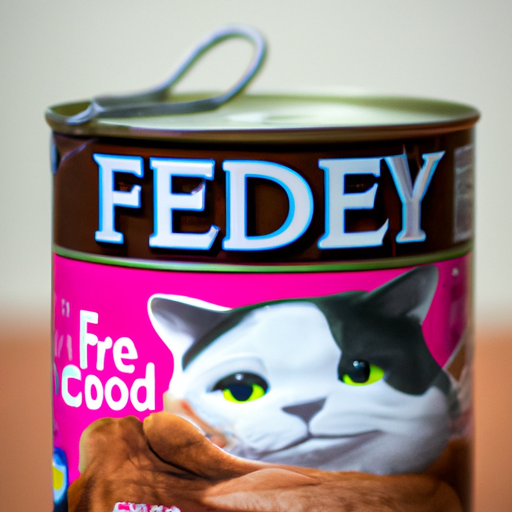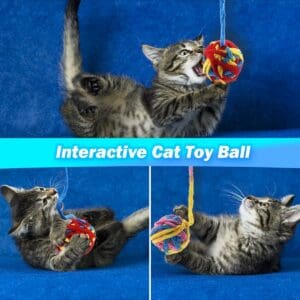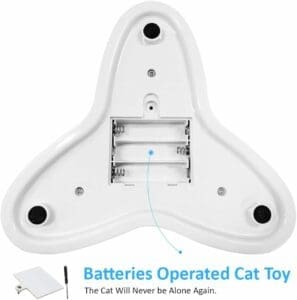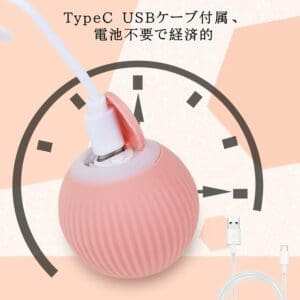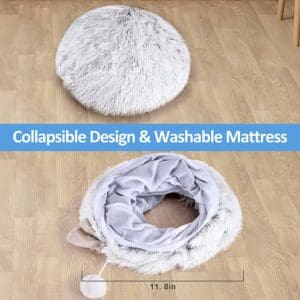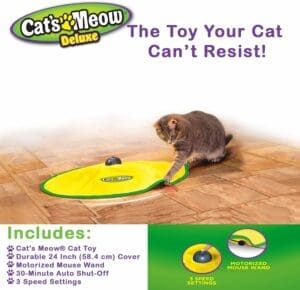Are you unsure about what type of food to feed your beloved feline friend? In this article, we will explore the pros and cons of feeding your cat wet food versus dry food. As a responsible cat owner, it’s important to understand the benefits and drawbacks of each option in order to make an informed decision that best suits your cat’s nutritional needs. So, whether you’re a seasoned cat owner or a first-time kitten caretaker, let’s dive into the world of cat food and learn more about the advantages and disadvantages of wet and dry food options.
Nutritional Value
Wet Food
Wet cat food, also known as canned food, is generally considered to have a higher nutritional value compared to dry cat food. This is because wet food contains a higher moisture content, which can help keep your cat hydrated and promote urinary tract health. Additionally, wet cat food tends to have a higher protein content, which is essential for maintaining your cat’s muscle mass and overall health. It also often contains fewer carbohydrates, which can be beneficial for cats that are prone to weight gain or have certain medical conditions, such as diabetes.
Dry Food
Dry cat food, also known as kibble, is a popular choice among cat owners due to its convenience and shelf life. While dry cat food can provide the necessary nutrients for your cat, it generally has a lower moisture content compared to wet food. This can make it less effective in keeping your cat hydrated, especially if they don’t drink enough water. However, many dry cat foods have been formulated to meet the nutritional needs of cats and can provide a balanced diet. It’s important to choose a high-quality dry cat food that contains essential nutrients, such as protein, vitamins, and minerals.
Hydration
Wet Food
One of the main advantages of wet cat food is its high moisture content. Cats have a natural low thirst drive, and they often don’t drink enough water to stay properly hydrated. Wet cat food can help address this issue by providing additional moisture in their diet. This can be especially beneficial for cats with certain medical conditions, such as urinary tract problems or kidney disease. The increased moisture content in wet food can help prevent the formation of urinary crystals or stones and promote urinary tract health.
Dry Food
Dry cat food, on the other hand, has a low moisture content, typically around 10%. This means that your cat will need to drink more water to stay adequately hydrated. Some cats may not drink enough water on their own, which can lead to dehydration and potential health problems. However, you can encourage your cat to drink more water by providing fresh water in multiple locations and using a water fountain, which can make drinking more appealing. Additionally, some dry cat food brands offer formulas specifically designed to help promote hydration, such as those with added moisture-binding ingredients.
Palatability
Wet Food
Many cats find wet cat food to be highly palatable due to its moist texture and strong aroma. The rich flavors and variety of wet food options can also make mealtime more enjoyable for your cat. This can be particularly beneficial if your cat is a picky eater or has a decreased appetite. Wet food can entice them to eat and ensure they are getting the necessary nutrients for their overall health.
Dry Food
While some cats may prefer the taste and texture of dry cat food, it is generally considered to be less palatable compared to wet food. Dry kibble can be crunchy and lacks the moistness and strong aroma that wet food offers. However, many cats can still find dry food appealing, especially if they have been accustomed to it from a young age. It’s essential to choose a high-quality dry cat food that uses quality ingredients and doesn’t contain artificial flavors or fillers.
Convenience
Wet Food
Feeding your cat wet food can be more time-consuming and require a higher level of maintenance compared to dry food. Wet food often comes in individual cans or pouches, and you need to open and serve each portion separately. It also needs to be refrigerated after opening to ensure its freshness and prevent spoilage. Additionally, if you’re away from home for long periods or traveling, wet food may not be as convenient to pack and carry with you.
Dry Food
Dry cat food offers convenience in terms of storage and serving. It can be left out for cats to free-feed throughout the day without the risk of spoilage. This can be particularly useful if you have a busy schedule or if you have multiple cats. Dry food is also easier to transport and can be pre-measured into resealable bags for traveling or leaving with a pet-sitter. However, it’s essential to monitor your cat’s portion sizes and ensure they are not overeating, as obesity can lead to various health issues.
Storage
Wet Food
Wet cat food requires refrigeration after opening to maintain its freshness and prevent bacterial growth. You will need to store any leftover wet food properly to avoid spoilage. This means using an airtight container or covering the open can with a lid or cling wrap. It’s important to check the expiration dates and use the wet food within the recommended timeframe to ensure its quality and nutritional value. Proper storage practices are essential to keep your cat safe from consuming spoiled food and prevent potential health issues.
Dry Food
Dry cat food offers the advantage of easy and convenient storage. Unlike wet food, dry kibble does not require refrigeration and can be stored at room temperature in a dry and cool area. It is important, however, to store dry cat food properly to maintain its quality. The packaging should be tightly sealed to prevent moisture and pests from entering. It may be helpful to transfer the food into an airtight container to preserve its freshness and prevent any potential contamination. Regularly checking the expiration date and using the oldest food first is also crucial for maintaining the nutritional value of dry cat food.
Dental Health
Wet Food
Wet cat food has a softer texture, which can be beneficial for cats with dental issues or missing teeth. The moist consistency of wet food makes it easier for cats to chew and swallow, reducing the strain on their teeth and gums. It can also help remove plaque and tartar buildup to some extent. However, it’s important to note that wet food alone may not be sufficient to maintain optimal dental health. Regular dental care, such as brushing your cat’s teeth or providing dental treats, is recommended to prevent dental diseases.
Dry Food
Dry cat food can have advantages for dental health. The crunchy texture of kibble can help scrape away plaque and tartar from your cat’s teeth, promoting better oral hygiene. The chewing action required to eat dry food can also help stimulate saliva production, which can help cleanse the mouth and neutralize harmful bacteria. However, it’s important to note that even with the benefits of dry food, it is not a substitute for regular dental care. Professional dental cleanings and at-home dental care should still be part of your cat’s dental health routine.
Weight Management
Wet Food
Wet cat food can be a suitable choice for weight management in cats, especially those that are prone to weight gain or have weight-related health issues. Wet food typically has a lower carbohydrate content than dry food, which can help prevent excessive weight gain. The higher moisture content in wet food can also help your cat feel fuller for longer, reducing the likelihood of overeating. However, it’s crucial to monitor portion sizes and follow your veterinarian’s feeding guidelines to ensure your cat is receiving the appropriate amount of calories for their specific needs.
Dry Food
Dry cat food can also be a suitable option for weight management. Many dry cat food brands offer formulas that are specifically formulated to support weight control in cats. These formulas typically have a lower calorie content and higher fiber content, which can help your cat feel satisfied while consuming fewer calories. It’s important to choose a high-quality weight management dry cat food and monitor portion sizes to prevent overfeeding. Regular exercise and playtime are also crucial for maintaining your cat’s healthy weight.
Cost
Wet Food
Wet cat food is generally more expensive than dry food on a per-ounce basis. The production process of wet food involves higher costs, such as packaging, as well as the higher moisture content. If you have multiple cats or are on a tight budget, feeding your cats exclusively wet food may not be the most cost-effective option. However, it’s important to consider the potential long-term health benefits that wet food can provide, as it may help prevent expensive veterinary bills in the future.
Dry Food
Dry cat food is generally more affordable compared to wet food. The lower production costs and longer shelf life contribute to its lower price point. If you have multiple cats or are on a limited budget, dry food may be a more cost-effective option for you. However, it’s crucial to consider the nutritional needs of your cat and ensure that the dry food you choose provides adequate nutrition and quality ingredients.
Allergies and Sensitivities
Wet Food
Wet cat food can be a suitable option for cats with allergies or sensitivities, as it often contains a limited number of ingredients. This can make it easier for owners to identify and eliminate potential allergens from their cat’s diet. Additionally, some wet cat food brands offer hypoallergenic formulas, which are specifically formulated for cats with food allergies. It’s important to consult with your veterinarian to determine if your cat has any specific dietary requirements or allergies and to choose an appropriate wet cat food that meets their needs.
Dry Food
Dry cat food can also be a suitable option for cats with allergies or sensitivities, as there are many hypoallergenic dry cat food options available. These formulas are typically made with limited ingredients and do not contain common allergens, such as beef or dairy. It’s important to read the ingredient labels carefully and choose a dry cat food that is specifically formulated for cats with food allergies or sensitivities. Consulting with your veterinarian is essential to determine the best course of action for managing your cat’s allergies.
Feeding Schedule
Wet Food
Feeding your cat wet food usually requires a more structured feeding schedule compared to dry food. Due to its higher moisture content, wet cat food can spoil if left out for extended periods. Ideally, you should offer wet food in multiple small portions throughout the day and remove any uneaten food after 20-30 minutes. This helps to prevent the growth of bacteria and maintain the freshness of the food. However, it’s important to consider your cat’s specific dietary needs and consult with your veterinarian to determine the most appropriate feeding schedule for your cat.
Dry Food
Dry cat food offers more flexibility when it comes to feeding schedules. You can leave dry food out for your cat to free-feed throughout the day, allowing them to eat whenever they are hungry. This can be especially convenient if you have a busy schedule or if you are away from home for extended periods. However, it’s important to monitor your cat’s portion sizes and avoid overfeeding, as free-feeding can sometimes lead to obesity. Establishing a regular mealtime routine and measuring out appropriate portion sizes can help prevent overeating and maintain a healthy weight.
In conclusion, both wet and dry cat food options have their own advantages and considerations. Wet cat food offers higher moisture content, which can help with hydration and urinary tract health. It is often more palatable and can be beneficial for cats with dental issues. However, it requires more careful storage and refrigeration, and it is generally more expensive. Dry cat food is more convenient to store, promotes dental health, and tends to be more cost-effective. However, it may not provide as much hydration, and some cats may find it less palatable. Consider your cat’s individual needs, consult with your veterinarian, and choose the best option that meets their nutritional requirements and lifestyle.

